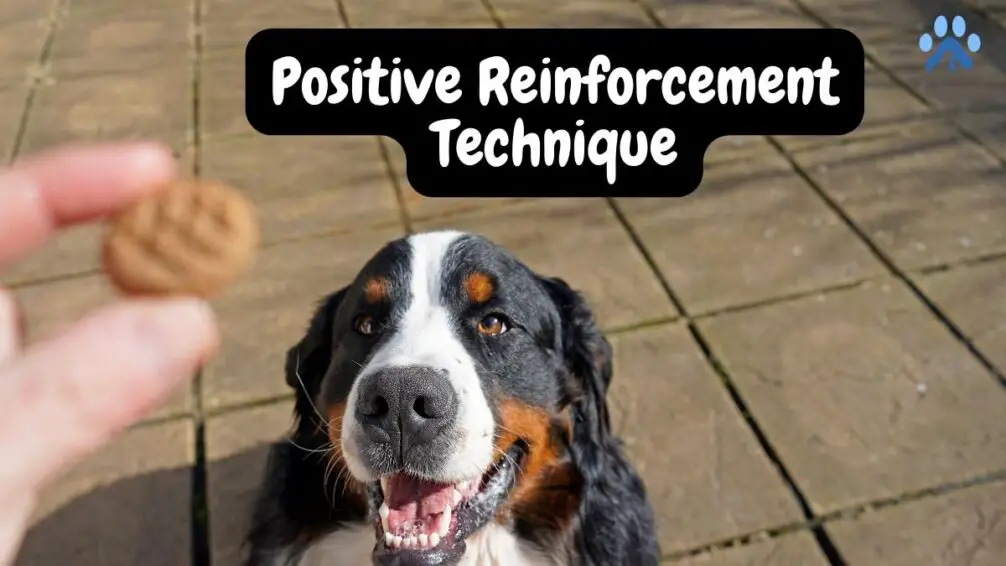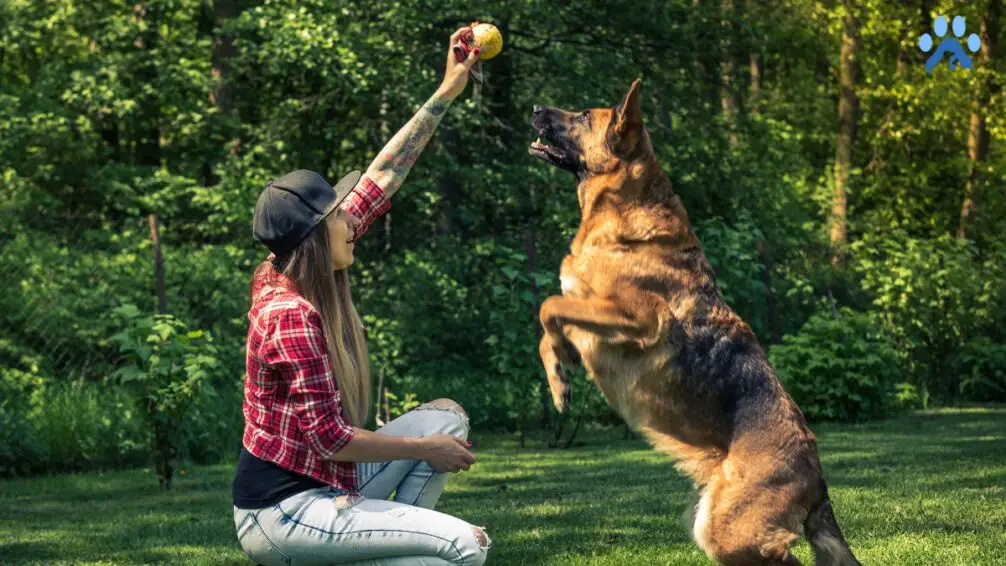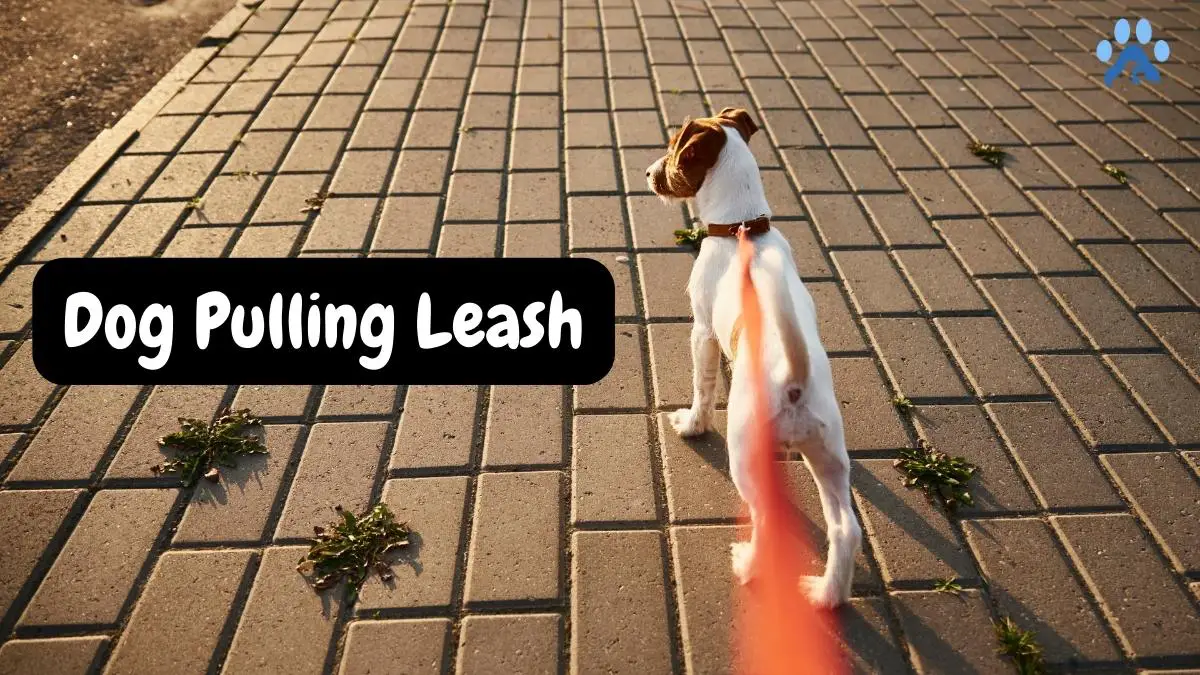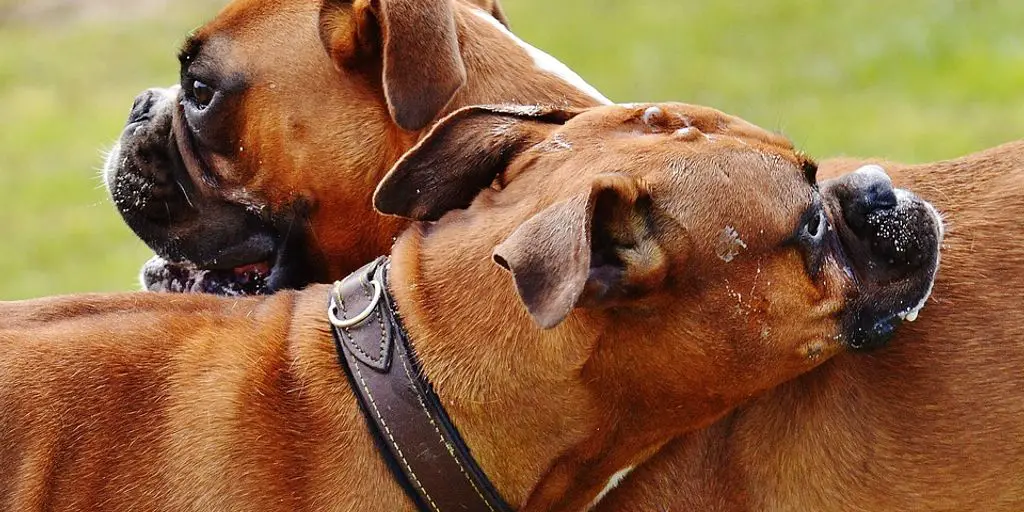If you’re a dog owner, you’ve likely experienced the frustration of a dog that pulls on its leash during walks. It’s a common problem that can make walking your furry friend feel like a chore instead of a joy. Not only can it be difficult to control a dog that’s pulling on its leash, but it can also be dangerous for both you and your pet.
Stop your dog from pulling on its leash, One popular technique is the “Be a Tree” method, which involves standing still and ignoring your dog until it stops pulling. Another method is Clicker Training, which uses positive reinforcement to teach your dog to walk calmly on a leash. Using a chest-led harness or a front-attaching harness can also help prevent pulling. These methods can be effective, but it’s important to find the one that works best for you and your dog.
Understanding the Problem
Why Dogs Pull on Leashes
One of the most common problems dog owners face is leash pulling. Dogs pull on leashes for a variety of reasons, including excitement, fear, and frustration. Some dogs may be pulling because they are trying to protect their owner or themselves. Other dogs may be pulling because they are trying to get to something they want, such as a squirrel or another dog.
The Dangers of Leash Pulling
Leash pulling can be dangerous for both the dog and the owner. If a dog is pulling on a leash, it can cause the owner to lose their balance and potentially fall. This can result in injuries to both the owner and the dog. In addition, if a dog is pulling on a leash, it can cause damage to the dog’s neck and throat, which can lead to health problems in the future.
To prevent leash pulling, it is important to understand why your dog is pulling and to address the issue as soon as possible. Some dogs may be pulling because they are scared or anxious, while others may be pulling because they are excited or overstimulated. Understanding your dog’s triggers can help you address the issue and prevent leash pulling from becoming a problem in the future.
In addition to understanding why your dog is pulling on a leash, it is important to use the right equipment when walking your dog. A proper collar or harness can help prevent leash pulling and make it easier to control your dog while walking.
Overall, leash pulling is a common problem that can be addressed with the right training and equipment. By understanding why your dog is pulling and taking steps to prevent it, you can enjoy a safe and enjoyable walk with your furry friend.
Training Techniques
Training your dog not to pull on the leash can be a challenging task, but it is essential for a safe and enjoyable walk. There are several techniques that you can use to train your dog to walk politely on the leash. In this section, we will discuss some of the most effective training techniques.
Positive Reinforcement
Positive reinforcement is one of the most popular and effective training techniques used by dog trainers. This technique involves rewarding your dog for good behavior, rather than punishing them for bad behavior. When your dog walks politely on the leash, reward them with praise, treats, or toys. This will encourage them to repeat the behavior in the future.
Using Treats

Using treats is another effective training technique. Dogs love treats, and they will do anything to get them. When your dog walks politely on the leash, reward them with a treat. Make sure to use small, bite-sized treats, so your dog doesn’t get too full or distracted. Using treats can be a powerful motivator for your dog and can help speed up the training process.
Using Rewards

Using rewards is another effective training technique. Rewards can be anything that your dog finds rewarding, such as toys, playtime, or a walk in the park. When your dog walks politely on the leash, reward them with a reward of their choice. This will help motivate them to continue walking politely on the leash.
Remember to be patient and consistent when training your dog. It may take some time for your dog to learn how to walk politely on the leash, but with patience and consistency, they will eventually get it. If you are having trouble training your dog, consider hiring a professional dog trainer. A certified professional dog trainer can provide you with the tools and techniques you need to train your dog effectively.
In summary, training your dog not to pull on the leash is essential for a safe and enjoyable walk. Positive reinforcement, using treats, and using rewards are all effective training techniques that can help speed up the training process. Be patient and consistent, and consider hiring a professional dog trainer if you are having trouble.
Equipment Options
When it comes to stopping your dog from pulling on a leash, choosing the right equipment can make a big difference. Here are some of the most popular options:
Harnesses
A harness can be a great option for dogs that pull, as it distributes pressure more evenly across the body than a collar. Front clip harnesses are particularly effective, as they allow you to attach the leash to the front of the dog’s chest, which can help discourage pulling. Some popular options include:
Head Halters
Head halters work by gently guiding your dog’s head and redirecting their attention when they start to pull. They can be an effective option for strong pullers, but they do require some training to get your dog used to wearing them. Some popular options include:
Buckle Collars
Buckle collars are the most common type of collar and can be a good option for dogs that don’t pull. However, they can be less effective for strong pullers, as they put pressure on the dog’s neck and can cause discomfort or injury. Some popular options include:
Choke Collars
Choke collars, also known as slip collars, work by tightening around the dog’s neck when they pull. While they can be effective for some dogs, they can also cause injury or discomfort and should be used with caution. Some popular options include:
Retractable Leashes
Retractable leashes can be convenient, but they can also encourage pulling and make it harder to control your dog. They can also be dangerous if your dog gets too far away from you. If you use a retractable leash, use it in a safe and controlled environment. Some popular options include:
Overall, it’s important to choose the right equipment for your dog’s individual needs and training level. If you’re not sure which option is best for your dog, consult with a professional trainer or veterinarian.
Working with a Professional
If you are struggling to get your dog to stop pulling on a leash, working with a professional dog trainer can be a great option. In this section, we will discuss the benefits of working with a professional and how to choose a certified professional dog trainer.
Benefits of a Professional Dog Trainer
A professional dog trainer can provide a number of benefits when it comes to leash pulling. They can help you identify the root cause of your dog’s pulling behavior and develop a personalized training plan to address it. They can also provide you with the tools and techniques you need to effectively train your dog and reinforce positive behaviors.
Another benefit of working with a professional dog trainer is that they can help you stay consistent with your training. Consistency is key when it comes to training a dog, and a professional trainer can help you stay on track and make sure you are following through with your training plan.
Choosing a Certified Professional Dog Trainer
When choosing a professional dog trainer, it is important to look for someone who is certified. Certified professional dog trainer has undergone extensive training and has demonstrated their knowledge and expertise in dog training.
The Certification Council for Professional Dog Trainers (CCPDT) is one organization that offers certification for dog trainers. To become certified, trainers must pass a comprehensive exam and meet ongoing continuing education requirements.
When choosing a certified professional dog trainer, be sure to look for someone who has experience working with dogs who have issues with leash pulling. You may also want to ask for referrals from other dog owners or check online reviews to find a trainer who has a good reputation.
In summary, working with a professional dog trainer can be a great option if you are struggling to get your dog to stop pulling on a leash. A certified professional dog trainer can provide you with personalized training and help you stay consistent with your training plan. When choosing a trainer, be sure to look for someone who is certified and has experience working with dogs who have issues with leash pulling.
Preventing Leash Pulling
When it comes to walking your dog, leash pulling can be one of the most frustrating behaviors to deal with. Fortunately, there are several ways to prevent your dog from pulling on the leash. In this section, we will discuss some of the most effective methods for preventing leash pulling.
Exercise
One of the most important things you can do to prevent leash pulling is to ensure your dog is getting enough exercise. Dogs that are not getting enough exercise are more likely to become bored and restless, which can lead to leash pulling. Make sure to give your dog plenty of opportunities to run, play, and burn off energy.
Walking Techniques
Another way to prevent leash pulling is to use the right walking techniques. When walking your dog, keep the leash loose and use gentle, consistent pressure to guide your dog in the right direction. Avoid yanking or pulling on the leash, as this can cause your dog to become anxious and more likely to pull.
Identifying Triggers
It’s also important to identify what triggers your dog’s leash-pulling behavior. Some dogs may pull on the leash when they see other dogs or animals, while others may pull when they are feeling anxious or stressed. Once you’ve identified your dog’s triggers, you can work on desensitizing them to these triggers through positive reinforcement training.
Reducing Anxiety
Finally, reducing your dog’s anxiety can also help prevent leash pulling. Dogs that are anxious or stressed are more likely to pull on the leash, so it’s important to make sure your dog feels safe and secure when walking. You can reduce your dog’s anxiety by using calming techniques, such as deep breathing exercises or aromatherapy, or by using a calming supplement or medication.
By using these techniques, you can prevent leash pulling and create a more enjoyable walking experience for both you and your dog. Remember, building a positive relationship with your dog takes time and patience, but with the right training and techniques, you can help your dog become a well-behaved walking companion.
Frequently Asked Questions
How can I stop my dog from pulling on the leash?
One effective way to stop your dog from pulling on the leash is to use positive reinforcement training. This involves rewarding your dog with treats or praise when they walk calmly beside you on the leash. You can also try stopping in your tracks when your dog pulls, and only moving forward when they come back to your side. Consistency is key, so make sure to reward good behavior consistently.
What’s the best way to train a dog not to pull on the leash?
The best way to train a dog not to pull on the leash is through positive reinforcement training. This involves rewarding good behavior and ignoring bad behavior. You can also try using a no-pull harness or head collar to discourage pulling. Remember to be patient and consistent, and always reward good behavior.
Are there any special leashes or harnesses to prevent pulling?
Yes, there are special leashes and harnesses designed to prevent pulling. No-pull harnesses and head collars are popular options that work by gently redirecting your dog’s attention when they pull on the leash. Make sure to choose a comfortable and well-fitted harness or collar for your dog.
How do I stop my dog from lunging while on the leash?
Lunging on the leash can be a sign of fear or aggression, so it’s important to address the underlying issue. You can try desensitizing your dog to its triggers by gradually exposing them to the stimuli that cause them to lunge. You can also work with a professional trainer or behaviorist to develop a personalized training plan.
Is using an e-collar a safe and effective way to stop leash pulling?
Using an e-collar, also known as a shock collar, to stop leash pulling is not recommended. E-collars can cause physical and emotional harm to dogs, and there are more humane and effective training methods available.
Can dogs be trained to walk on a leash without pulling?
Yes, dogs can be trained to walk on a leash without pulling through positive reinforcement training. Consistency and patience are key, and it may take some time for your dog to learn the desired behavior. Remember to reward good behavior consistently and avoid punishing bad behavior.



